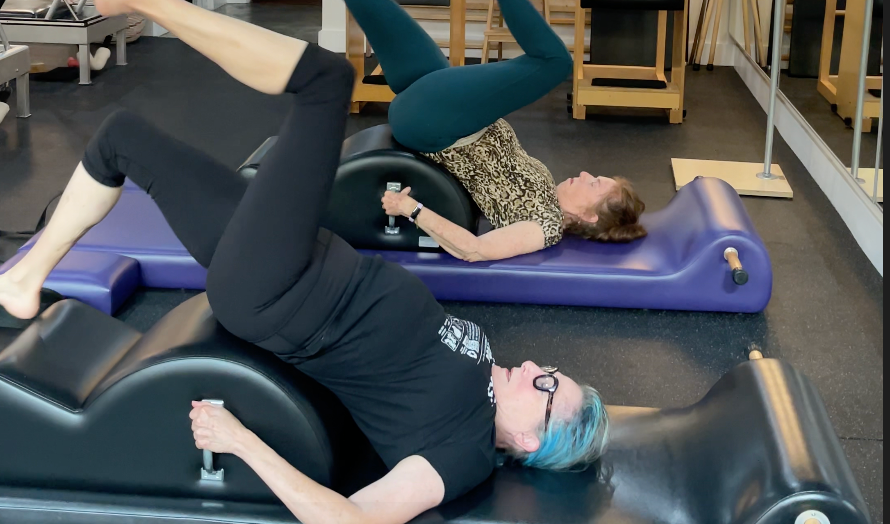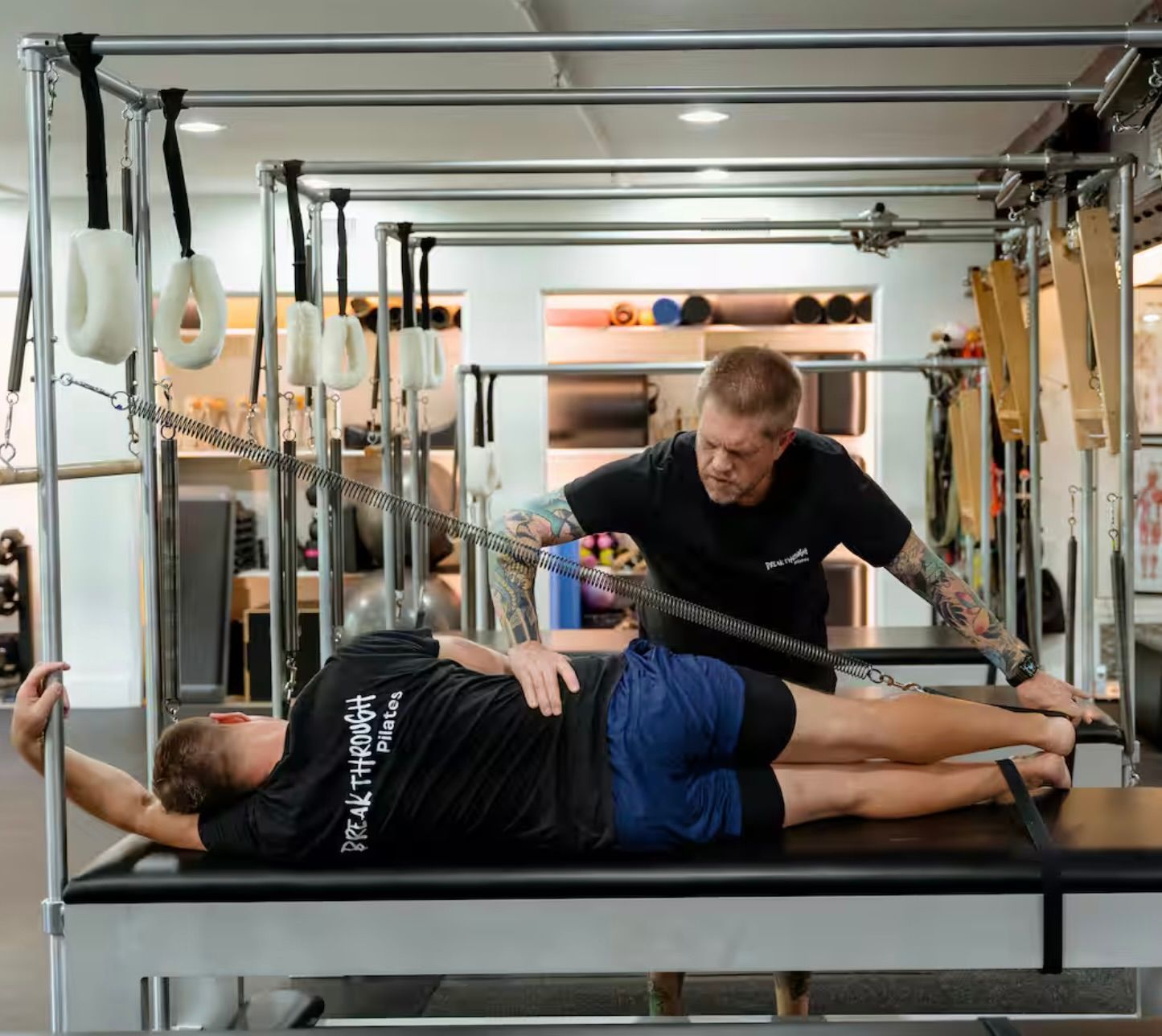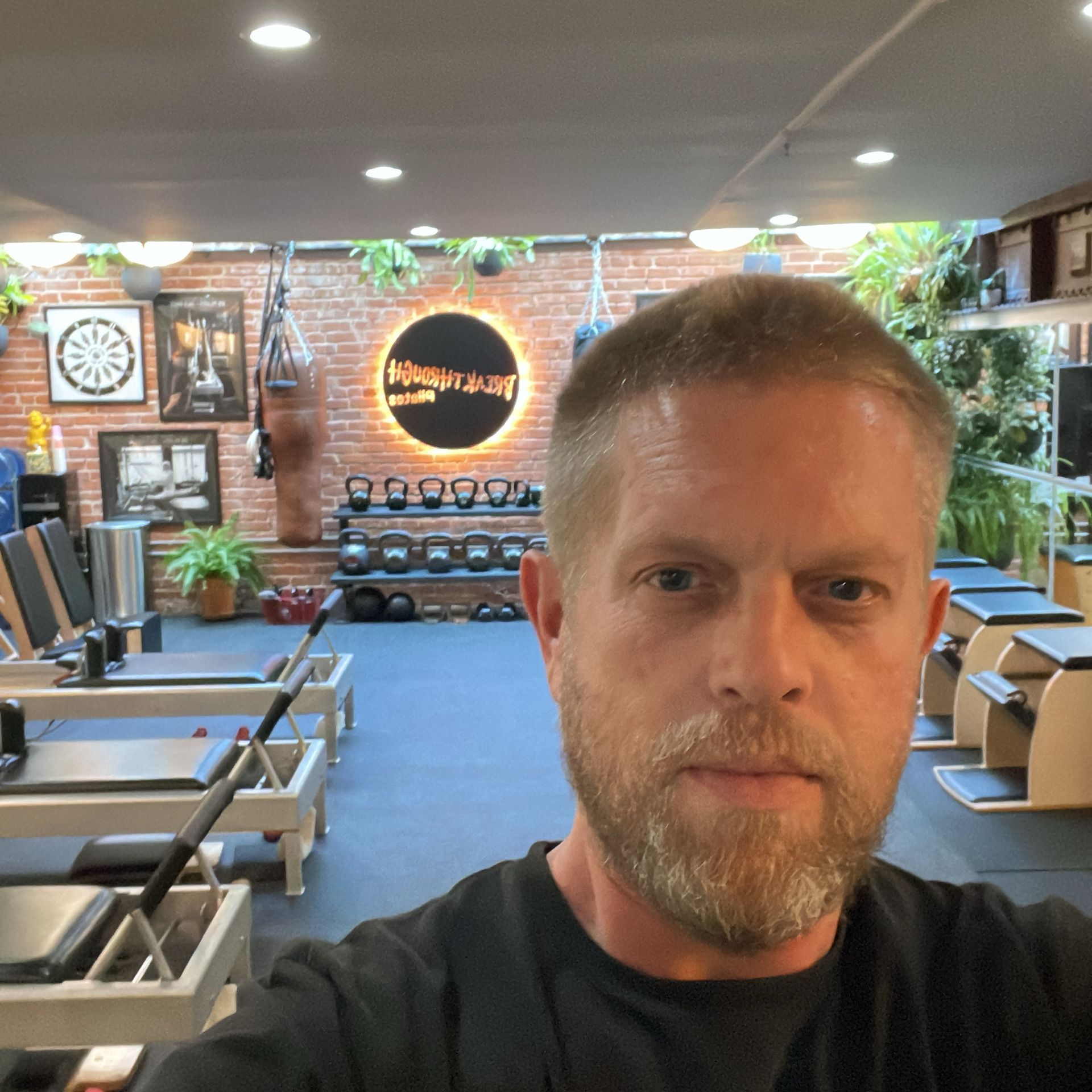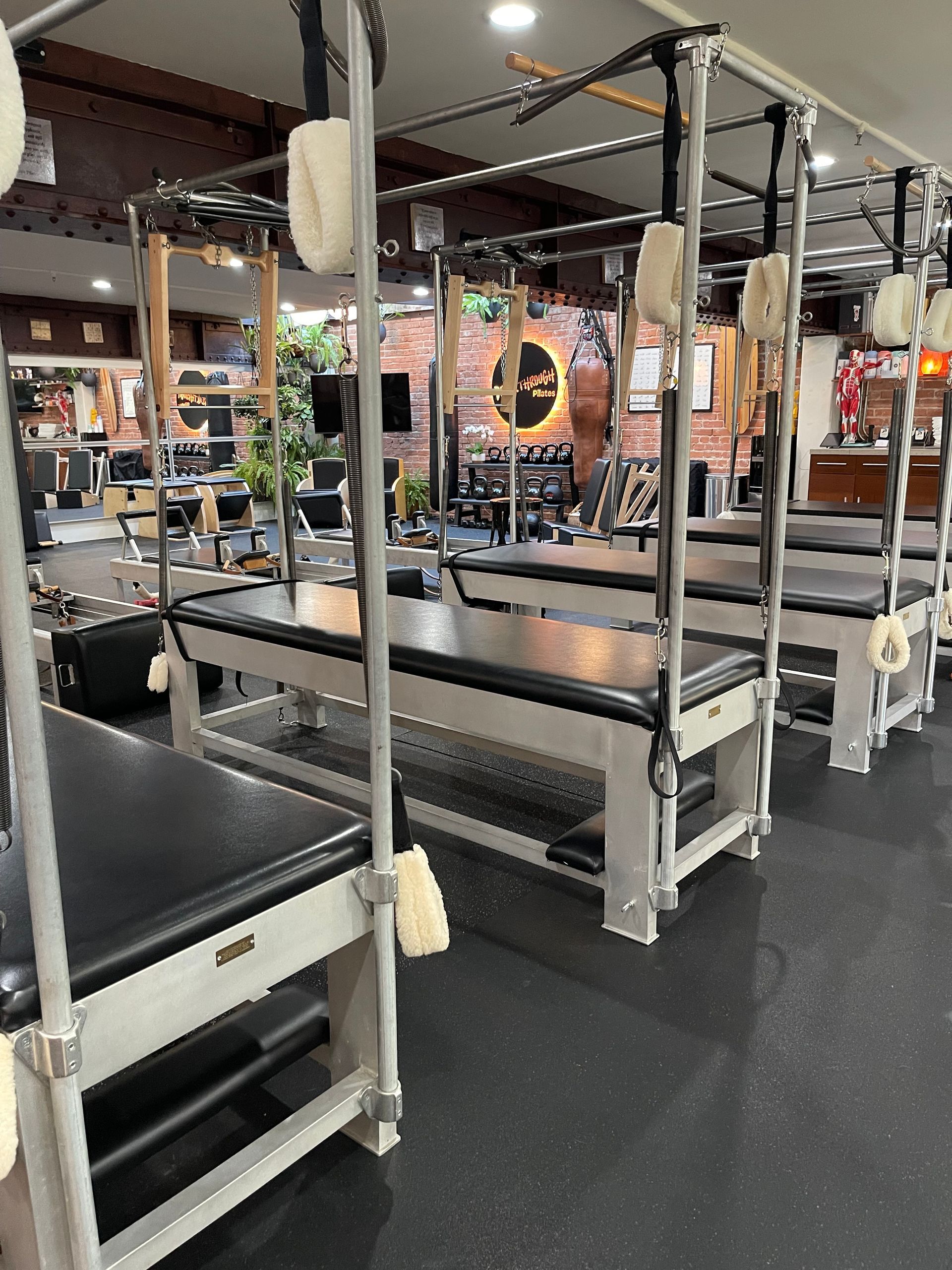The Power of Posture: How Classical Pilates Supports Healthy Aging Part One of the “Classical Pilates for Special Conditions” Series
Why Posture Is More Than Just “Standing Up Straight”
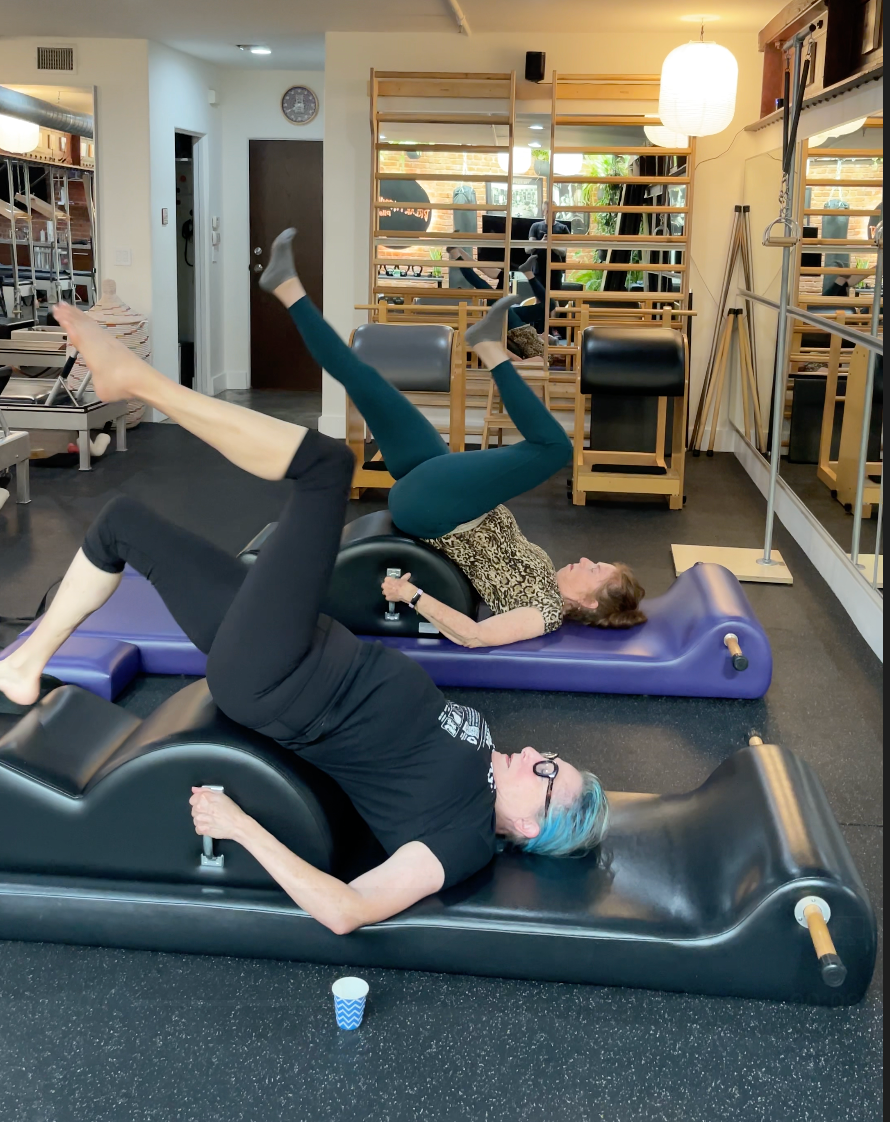
The Power of Posture: How Classical Pilates Supports Healthy Aging
Part One of the “Classical Pilates for Special Conditions” Series
Why Posture Is More Than Just “Standing Up Straight”
As we age, posture becomes one of the clearest reflections of how well our body is functioning. The spine — the central column of movement — begins to respond to decades of habits, injuries, and compensations. Rounded shoulders, a forward head, and a compressed lower back aren’t just aesthetic issues; they affect breathing, circulation, and joint integrity.
Poor posture can accelerate spinal wear and tear, contributing to degenerative conditions such as spondylosis (arthritis or disc degeneration in the spine) and spondylitis (inflammation of the vertebrae). Over time, these changes can limit mobility, increase pain, and reduce overall vitality.
The Classical Pilates Approach to Postural Health
Classical Pilates was designed by Joseph Pilates as a full-body corrective system — a method that restores optimal alignment, builds strength from the center, and re-educates the body to move efficiently. Every lesson emphasizes the six Pilates principles: Concentration, Control, Centering, Precision, Breath, and Flow — all of which are essential to maintaining healthy posture.
Where other exercise programs focus on isolated muscle groups, Classical Pilates trains the entire body to move as one connected system. This integrated approach improves balance, alignment, and core stability — key factors in preventing the structural collapse that often accompanies aging.
Pre-Pilates and Wall Work: Building Awareness First
For clients new to Pilates — especially seniors or those with pain or stiffness — Pre-Pilates and Wall exercises are the starting point. These foundational movements gently retrain posture by bringing awareness to how the body stacks and supports itself.
Working against the wall provides instant feedback: you feel when your head, shoulders, and hips are aligned. Through simple but precise exercises like arm circles, wall slides, and standing roll-downs, students begin reconnecting to their spine and improving postural endurance — safely and effectively.
The Spine Corrector: Restoring Natural Curves and Mobility
The Spine Corrector is one of the most powerful Classical apparatuses for addressing postural imbalance. Its curved surface supports the natural shape of the spine, allowing the practitioner to open the chest, lengthen the front body, and strengthen the deep postural muscles that keep the spine upright.
For older adults or those with spinal stiffness, the Spine Corrector helps reverse the forward rounding that develops from years of sitting and gravity’s pull. When used properly under Classical guidance, it encourages spinal extension, improves flexibility, and can significantly reduce the compressive forces that contribute to chronic back and neck issues.
How Classical Pilates Protects the Aging Spine
Aging doesn’t automatically mean pain or immobility. Many of the issues we associate with “getting older” — like stiffness, balance loss, or spinal degeneration — are byproducts of disuse and poor movement habits. Classical Pilates restores the body’s ability to move as it was designed to: with control, symmetry, and flow.
By focusing on posture, we improve the way the spine absorbs and distributes force, reducing wear on joints and discs. Proper alignment also enhances lung capacity, digestion, and energy — all vital to long-term health and quality of life.
In Summary: Age Well by Moving Well
Posture isn’t just a position; it’s a lifelong practice. Through consistent Classical Pilates — starting with Pre-Pilates on the wall and progressing to apparatus like the Spine Corrector — the body regains its natural alignment and strength. Seniors often experience renewed balance, reduced back pain, and a greater sense of confidence in daily movement.
Joseph Pilates said, “You’re only as old as your spine.” By focusing on posture now, you’re investing in how freely and fully you’ll move for decades to come.
Next in This Series:
Part Two — How Classical Pilates Helps with Osteoporosis: Safe, Strength-Building Movement for Bone Health.
